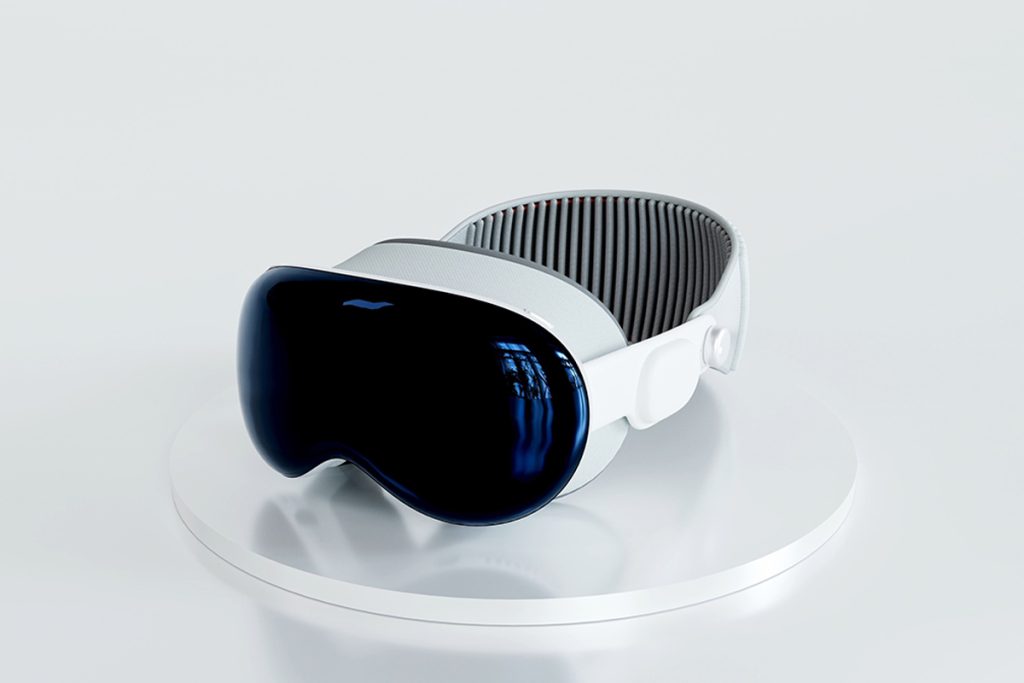In its latest push for innovation, Apple is set to enhance its Vision Pro mixed reality headset with the integration of cutting-edge generative artificial intelligence (AI). This initiative is part of a broader strategy to inject fresh capabilities into its existing product lines, with new AI features also expected for iPhone and iPad shortly.
Since its launch, the Vision Pro has been a notable topic within the tech community, yet there’s a consensus that it could benefit from further refinement. The introduction of generative AI is anticipated to elevate the device’s customization and immersion levels, potentially enriching user experiences and creating new opportunities in professional domains such as education and healthcare.
Generative AI, known for generating precise, context-aware responses from minimal input, is seen as an ideal enhancement for the Vision Pro. Experts believe the most immediate upgrade will be an enhanced virtual assistant, essentially a more powerful Siri, capable of handling complex tasks like instant language translation, controlling smart home gadgets through voice, and improving virtual collaboration in professional settings.
The potential for corporate applications is significant. During Apple’s recent earnings call, it was revealed that over half of the Fortune 100 companies are exploring the Vision Pro’s capabilities, particularly for transforming business operations such as real-time troubleshooting and interactive employee training. For example, field service personnel might use the headset in conjunction with AI to perform detailed machinery repairs with holographic guidance.
Despite its $3,499 price tag, the Vision Pro has encountered obstacles in reaching a mainstream audience, largely due to its limited application range and reliance on an external battery pack. However, the introduction of generative AI could mitigate these issues by facilitating more accessible content creation for developers at all levels, which is crucial for attracting a broader user base. This technology is expected to streamline the production of 3D models, immersive landscapes, and avatars, with notable benefits in sectors like education, where teachers could quickly create VR content that aligns with educational standards, and in gaming, where AI can introduce dynamic characters to enhance the social experience in virtual environments.
The competitive arena is also heating up, with other tech behemoths like Google and Samsung weaving AI into their products, and Meta reportedly aiming to enhance its Quest headset line through a collaboration with Microsoft. This marks a wider industry movement towards embracing the transformative potential of AI.
Apple’s strategic direction appears firmly focused on integrating generative AI across its ecosystem, enhancing everything from smartphones to headsets. While the precise timeline for AI’s roll-out in the Vision Pro is still under wraps, the industry view is unanimous that AI’s introduction is imminent and will significantly redefine the user interface.
As the tech community gears up for Apple’s upcoming Worldwide Developers Conference in Cupertino, the buzz is palpable. The expected revelation of new AI functionalities could set a benchmark for what mixed reality devices are capable of, potentially enabling Apple to not only keep up with but also outpace its rivals in this rapidly advancing marketplace. The industry is now watching to see how quickly Apple can implement these potent AI tools throughout its well-known product lineup.


